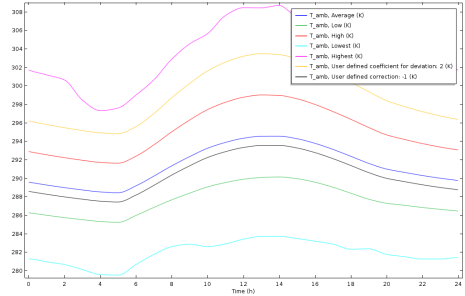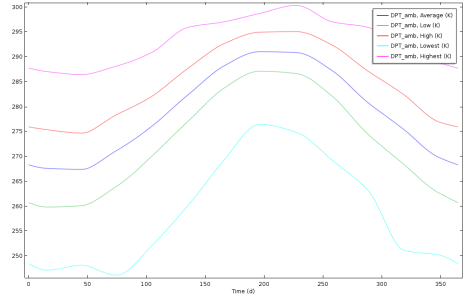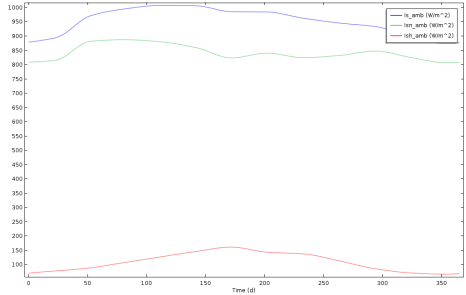|
•
|
|
•
|
|
•
|
|
•
|
|
•
|
|
•
|
|
•
|


|
•
|
|
•
|
|
•
|
|
•
|
|
•
|
|
•
|
|
•
|
|
•
|

|
•
|
|
•
|
|
•
|
|
•
|
|
•
|
|
•
|
|
•
|

|
•
|
|
•
|
|
•
|
|
•
|
|
•
|
|
•
|
|
•
|

